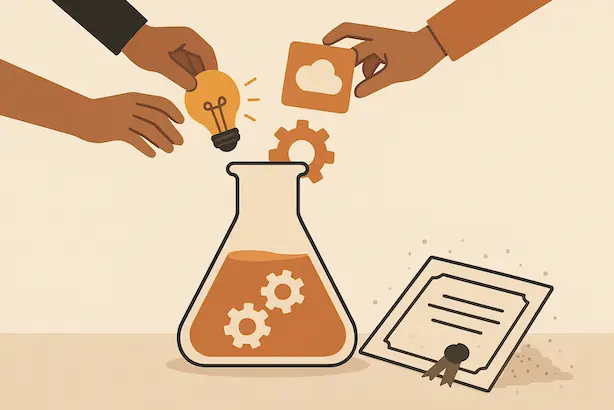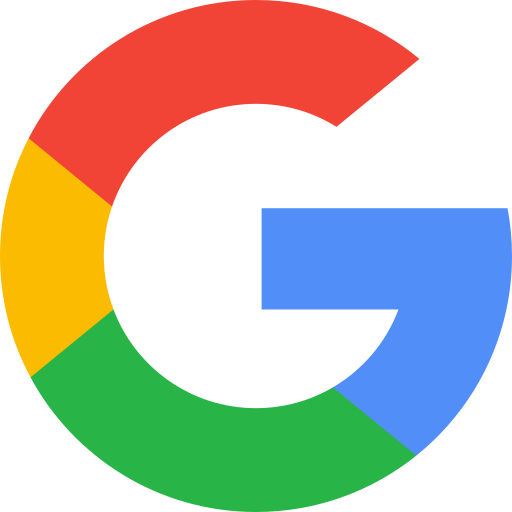Make Products, with or without certificates & degrees!
Advertisement:
The typical textbook style of creating products—the so-called “certified” approach—has made its way into the music tech world, particularly in areas involving machine learning. A growing number of webinars, programs, and initiatives continue to guide people toward a standardized way of building things: focusing on product cycles, agile development, “AI-powered” taglines for SEO, and so on. As a result, there’s been a noticeable decline in the number of truly outstanding products or features emerging in the industry each year.
It’s perhaps not surprising that most of the great audio products over the past couple of decades have come from individuals who were creatives first, not from those with no background in music or sound design.
It’s worth reflecting on how widespread the current software development trends have become: conducting user surveys, applying JTBD frameworks, tracking competitors, analyzing user behavior, compiling data, and often overanalyzing that data. All of this is usually done with limited understanding of creative processes, intuition, or the subtleties involved in making artistic decisions.
Many of these methods tend to stay detached from creatives. They don’t encourage taking a leap of faith when there’s no clear data, or tuning into what a creative is expressing between the lines, or developing an instinct for what might work. Nor do they help in understanding the culture, the feel, or the deeper context of the creative domains involved—things that are difficult, if not impossible, to grasp unless one is embedded in that world. These aren’t things management courses can typically teach.
Musicians, sound designers, and game audio professionals are, above all, artists. They are not typists who will mechanically use tools the way they were intended. In many cases, they themselves may not know exactly what would improve their workflows. That means a user survey might offer little clarity. They’re creative individuals who will often find ways to work with even poorly designed tools if they need to.
Think back to the kind of technological limitations that existed when a game like Mario was created—creatives will always find a way to make art.
Striking the right balance is tricky. If you’re not a creative yourself, you may end up spending most of your time caught in endless iteration cycles, trying to get it “right” over and over again—only to eventually arrive at something that looks like what everyone else is building.
Creating audio tools—or any creative tool, for that matter—is about much more than following established management processes or collecting certificates like CPM, AIPC, or NPDP. These frameworks may be helpful in specific parts of the process, but they rarely lead to the kind of products that open up new artistic possibilities or bring genuine joy to those who use them.
It’s likely that any audio product or creative feature that has truly impressed you was shaped, at least in part, by someone with a creative background—even if the execution involved a team of professionals with management degrees. Machines can easily replace the tasks that degrees tech; intuition is what brings the extra edge of being a human being.
Written by Prashant Mishra
Audio Developer Conference (ADC) | Game Audio India | National Institute of Design | Music Hack Day India | Music Tech Community | Previously contributed to School of Video Game Audio
